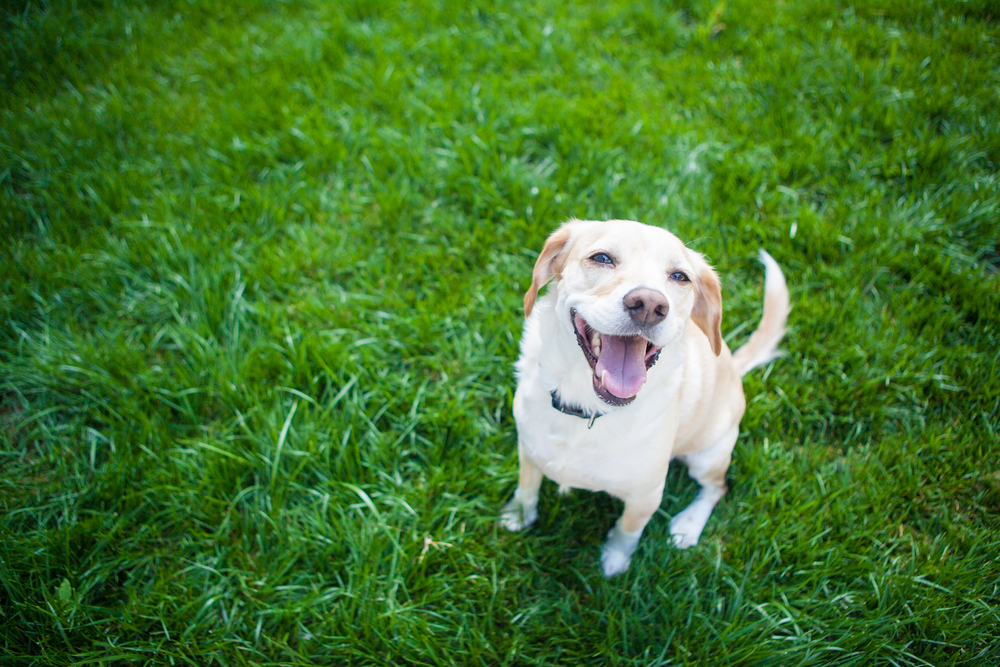Dog First Aid: How to Be Ready for Any Emergency
All dog owners want to keep their pups free from injury. But sometimes, despite all your precautions, your dog still gets hurt. Are you ready to give him the best emergency assistance you can? Being prepared with a fully stocked dog first aid kit is vital, along with staying calm if an emergency happens.
Dog First Aid Kit Supplies
Dog owners should always keep basic emergency supplies on hand.1 Your kit should ideally include the following:
- Antibacterial ointment and/or antibiotic spray
- Aspirin (Ask your veterinarian how much is safe to give.)
- Cotton balls for applying medicine or cleaning wounds
- Gauze and non-stick bandages
- Hydrogen peroxide (3%)
- Petroleum jelly (Check with your vet because potentially licking too much can upset a dog's stomach.)
- Rubbing alcohol
- Scissors
- Elastic adhesive tape for securing bandages. (Don't use self-adhesive bandages designed for humans.)
- Towel
- Tweezers for emergencies like taking splinters out of your pup's paws
- Small magnifying glass for taking out splinters
- Pet thermometer
- Hot spot and abrasion ointment
- Scissors for cutting bandages
- Soft muzzle in case your dog is in pain and is biting out of fear
Keep your dog's most important records in the kit, too, such as vaccination records, medical records, and your veterinarian's phone number. Also include phone numbers for emergency vets in your region, along with a poison control hotline.
Quick access to emergency supplies can help relieve the stress of a pet emergency. Bring the kit with you whenever you go out together, and keep it at home in an easy-to-access location.
Keep Your Emotions in Check
If an emergency happens, you need to stay calm. Animals easily pick up on our emotions, and by keeping calm, your dog will be more at ease as you apply treatment. Move slowly and speak to your dog in a quiet, reassuring voice to let him know everything's okay.
Be aware that even the gentlest dog with no history of biting may resort to fear biting in certain emergencies.2 For everyone's safety, including the dog's, it may be a good idea to muzzle him (with an actual muzzle, or fasten one out of material such as a necktie or a scarf) to prevent fear biting.
Caring for Scratches and Cuts
Many active dogs will get their fair share of scratches and cuts, most of which can be taken care of quite easily. The first step is to thoroughly flush the area with water to make sure it's clean of dirt and debris. Then apply an antibiotic cream a few times a day (or according to the package's directions) until the injury has healed.
If the injury is accompanied by severe bleeding, your dog needs to see a veterinarian as soon as possible. In the meantime, minimize blood flow by pressing a thick gauze pad or towel against the wound until the veterinarian can see your dog.
Heatstroke
If you're concerned your pet may have heatstroke, get to a veterinarian quickly. In the meantime, move your dog into a shady and cool area, and put a wet, cool towel on her neck and head.
Dealing with Wild Animal Encounters
Dogs are naturally curious when they meet up with another animal. And they may bark at or try to chase the animal away. Dangerous wild animals such as bears and coyotes occasionally make appearances in areas populated by humans. However, the most likely wild creatures a companion dog will encounter are rabbits, squirrels or skunks. Usually, the most damage these encounters will pose is a few scratches or cuts, but if the attacking wild animal appears rabid, bring your dog to a veterinarian.
An encounter between your dog and a skunk will not often end with battle scars but will be a rather smelly affair. If a skunk sprays your dog, he needs a special bath to get rid of the scent. Ordinary shampoos are unlikely to be powerful enough to get rid of the smell. Instead, use a commercial anti-skunk remedy, available at most pet stores. Wet your dog down, rub the remedy on, and let it set in for a few minutes. Then rinse thoroughly.
First Aid Training
While you're putting together your first aid kit, you might consider getting first aid training too. The American Red Cross offers online first aid training for cat and dog owners that even covers breathing and heart issues.3 You can also download a Red Cross app to keep what you learned at your fingertips. Your veterinarian might be able to give you some additional tips on what to do if your pup is choking or needs CPR.
Keep Your Dog Healthy Even When There's No Emergency
Of course, you want to keep your dog as healthy as possible, even when there's no emergency. This can include flea and tick shampoos, indoor foggers and outdoor sprays to keep your pet free of fleas, mosquitoes and other pests.
Having a good treatment for hot spots can help too. If your dog's itching his ears a lot, look for an itch-relieving ear cleaner.
Putting together a dog first aid kit might feel like a lot of work, but the time you spend now will give you peace of mind in the future. And if your dog ever needs emergency help, you'll have saved precious minutes by preparing in advance.
1. American Veterinary Medical Association. "Pet First Aid Supplies Checklist." AVMA.org.
2. American Veterinary Medical Association. "Basic Tips for Handling an Injured Pet." AVMA.org.
3. American Red Cross. "Cat & Dog First Aid Online Training." RedCross.org, https://www.redcross.org/take-a-class/first-aid/cat-dog-first-aid.




